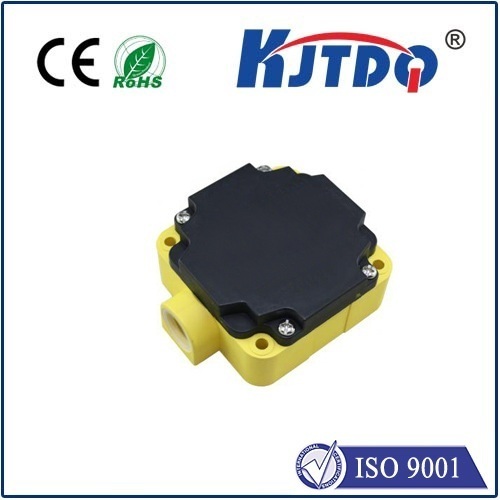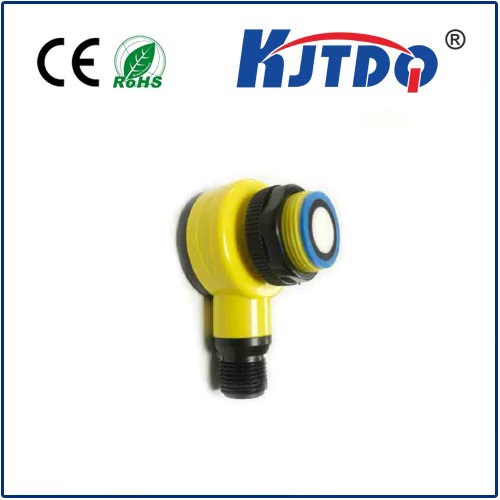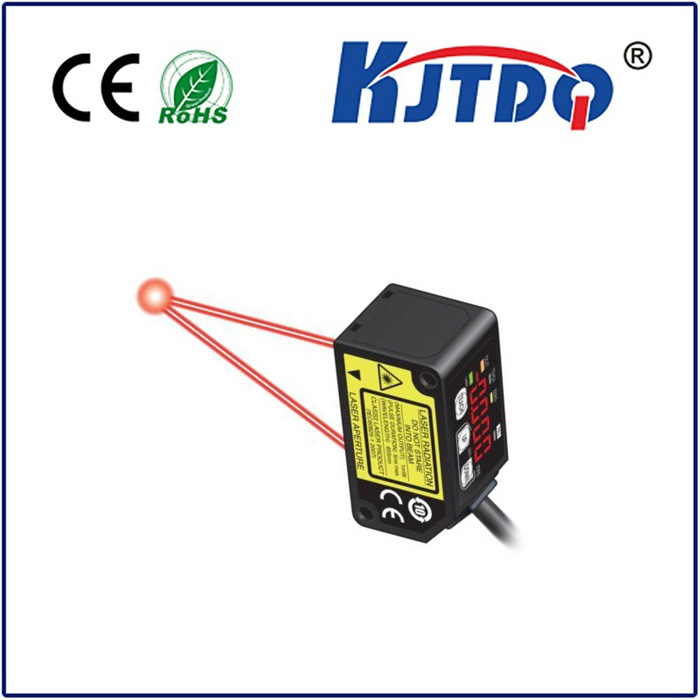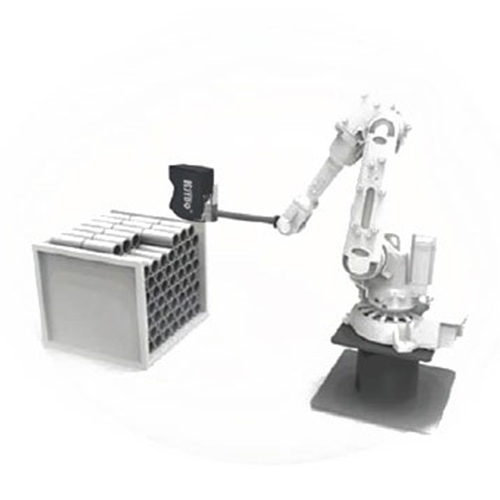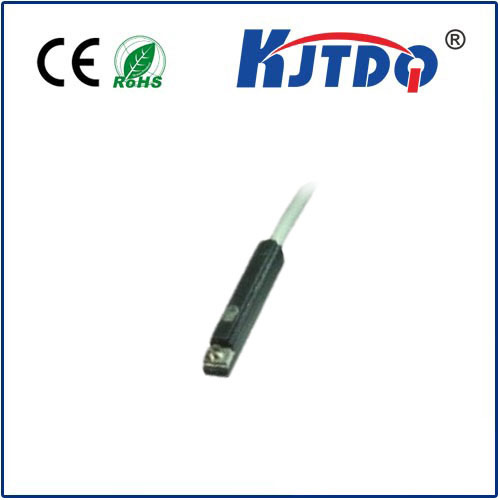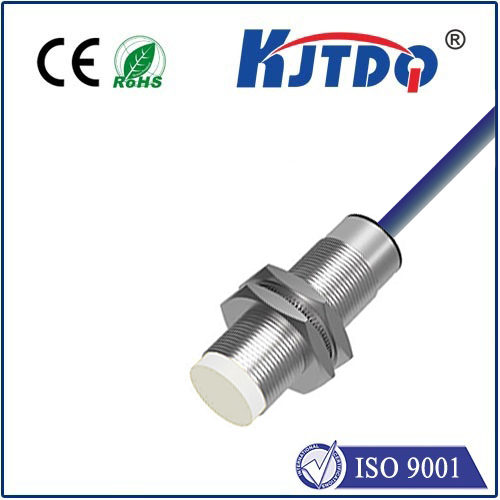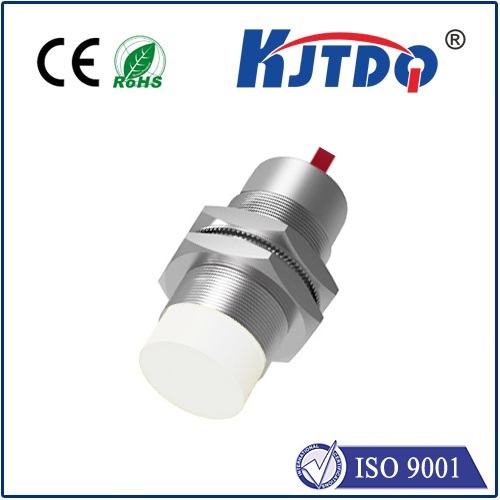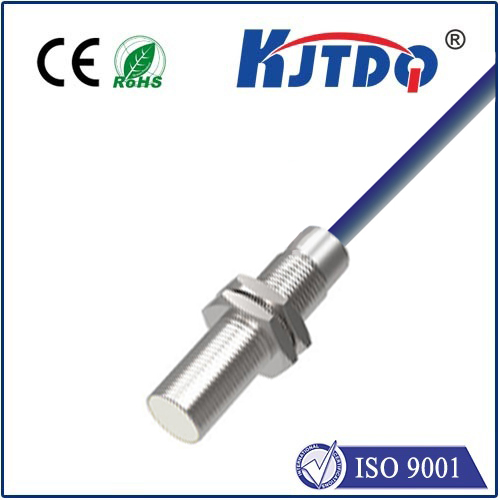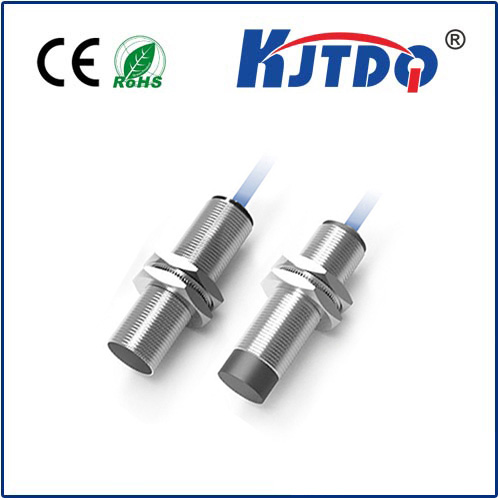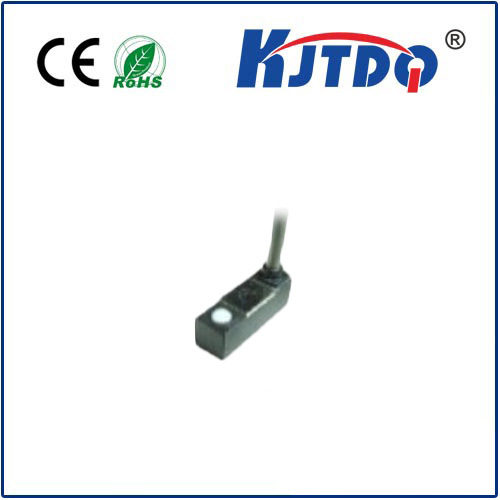

check

check

check

check
PZ-G101EN Photoelectric Sensor: Enhancing Precision and Efficiency in Modern Applications
The PZ-G101EN photoelectric sensor is a cutting-edge device widely used in industrial automation and material handling systems. Designed to detect objects using light beams, this sensor offers a reliable and efficient solution for various applications, from sorting and counting to monitoring and safety control. In this article, we will explore the key features, working principles, and practical applications of the PZ-G101EN photoelectric sensor, highlighting how it contributes to precision and efficiency in modern industries.
Understanding the PZ-G101EN Photoelectric Sensor
The PZ-G101EN photoelectric sensor operates based on the principle of light detection and object identification. It consists of a light source, a sensor head, and a control unit. The sensor head emits a beam of light, which is reflected back to the sensor. If an object is present in the beam’s path, the sensor detects the interruption and triggers an output signal. This principle allows for non-contact detection, making it ideal for environments where physical contact could be hazardous or impractical.
Key Features of the PZ-G101EN Photoelectric Sensor

One of the most notable features of the PZ-G101EN is its high sensitivity and accuracy. It can detect objects as small as 1mm in diameter, ensuring that even the smallest details are captured with precision. Additionally, the sensor is built for durability and reliability, making it suitable for continuous operation in demanding industrial settings. Its compact design also allows for easy installation and integration into existing systems, reducing the need for extensive modifications.
Another important aspect is its versatility. The PZ-G101EN can be used in a variety of applications, including:
Working Principle: A Detailed Overview
The working principle of the PZ-G101EN is straightforward yet effective. The sensor head generates a continuous light beam, which travels through the system. When an object blocks the beam, the sensor detects the interruption and sends a signal to the control system. This signal can be used to trigger actions such as stopping a conveyor, opening a gate, or initiating a safety protocol.
The sensor can be configured in different modes, such as through-beam, diffused beam, or reflective beam, depending on the application. Each mode has its own advantages, and the choice of mode depends on the specific needs of the system.
Applications in Industry
In manufacturing, the PZ-G101EN is used extensively to monitor the flow of materials, ensure product quality, and prevent product damage. For example, in food and beverage production, the sensor can detect the presence of products in conveyor belts, ensuring that the packaging process is accurate and efficient.
In logistics and warehouse management, the sensor helps in sorting and counting items, reducing human error and improving overall productivity. In construction and packaging industries, it is used to monitor the movement of materials and ensure that packages are properly sealed and positioned.
Conclusion
The PZ-G101EN photoelectric sensor is a vital component in modern automation systems, offering precise and reliable detection capabilities. Its ability to detect objects without physical contact, combined with its versatility and durability, makes it an ideal choice for a wide range of industrial applications. As industries continue to evolve, the role of photoelectric sensors like the PZ-G101EN will only become more critical in ensuring efficiency, safety, and precision.
